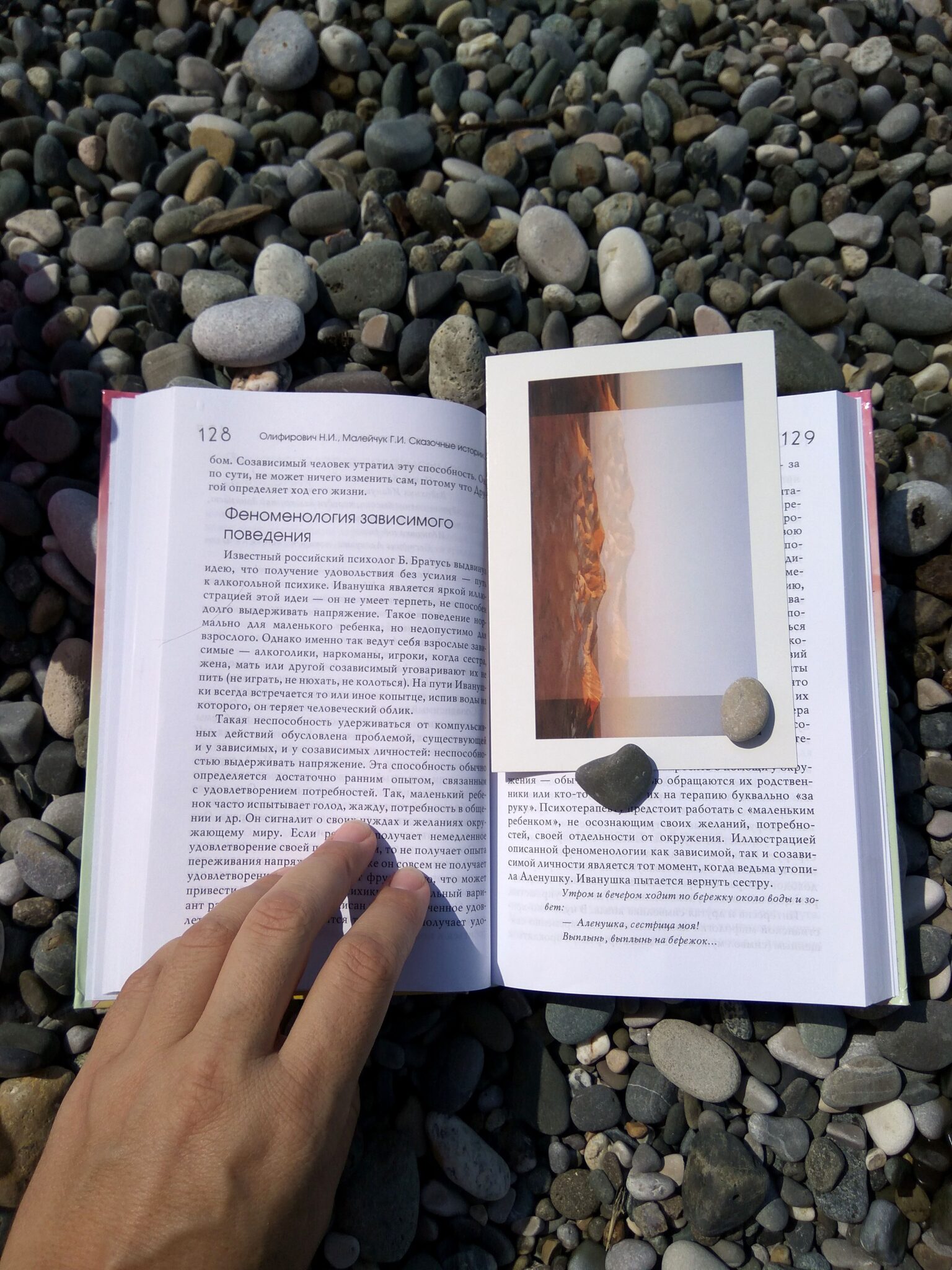Translation vs Transliteration – What’s the Difference?
We’ve done multiple blogs on the differences between translation and localisation, interpretation, and transcreation, but what about transliteration? It’s a phrase that sometimes is used, but often incorrectly.

Transliteration isn’t a type of translation
Transliteration is a bit different to the other subjects we’ve touched on. While it is a translation strategy, it isn’t exactly translation itself.
Transliteration occurs when you take the characters of one alphabet or script and render them into another. A simple example is names. Think of renowned Russian author Fyodor Dostoevsky. Those who speak English wouldn’t have a problem reading that name, but as he’s Russian, his name is written in the Cyrillic alphabet: Фёдор Достоевский. In Japanese, it’d be: フョードル・ドストエフスキー. We haven’t translated his name, but simply rendered it in a different way.
It’s important to note that just because it’s been transliterated, it doesn’t mean that it’ll be understood by the reader. There are a lot of other translation strategies that go along with transliteration, like foreignization or domestication, explicitation, and borrowing, in order to make the meaning of the word clearer. Translators will you a large combination of tactics in order to render a translation. Transliteration is just one tool in their toolbox.

This is a very basic overview, but can be applied to wider concepts like brand names and data processing as well. It’s something we unknowingly encounter every day, which shows the mark of a good translation.
If you have a translation query that we haven’t yet answered in our blog series, please get in touch today to find out more. Integro has over 10 years of experience in the translation industry, specialising in marketing for business looking to grow abroad.